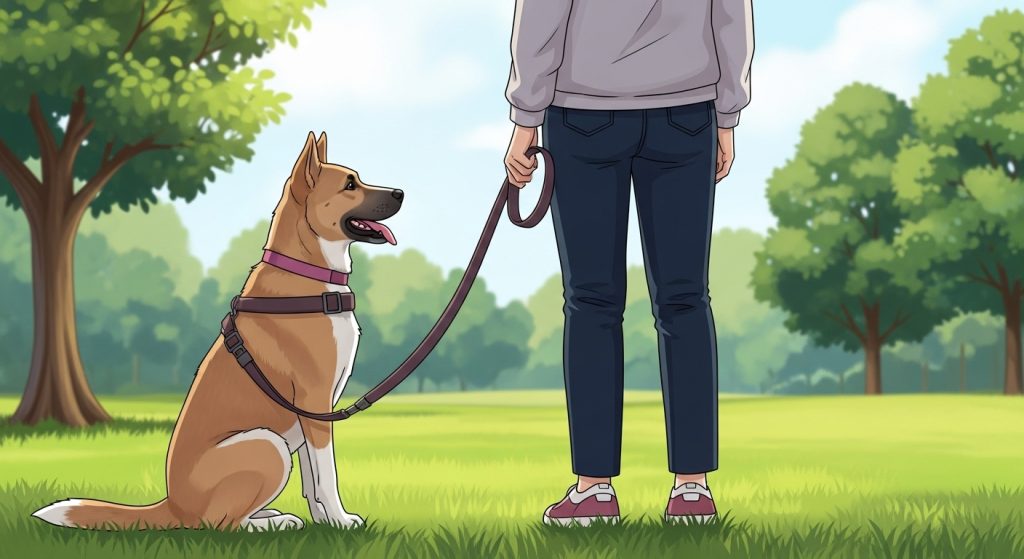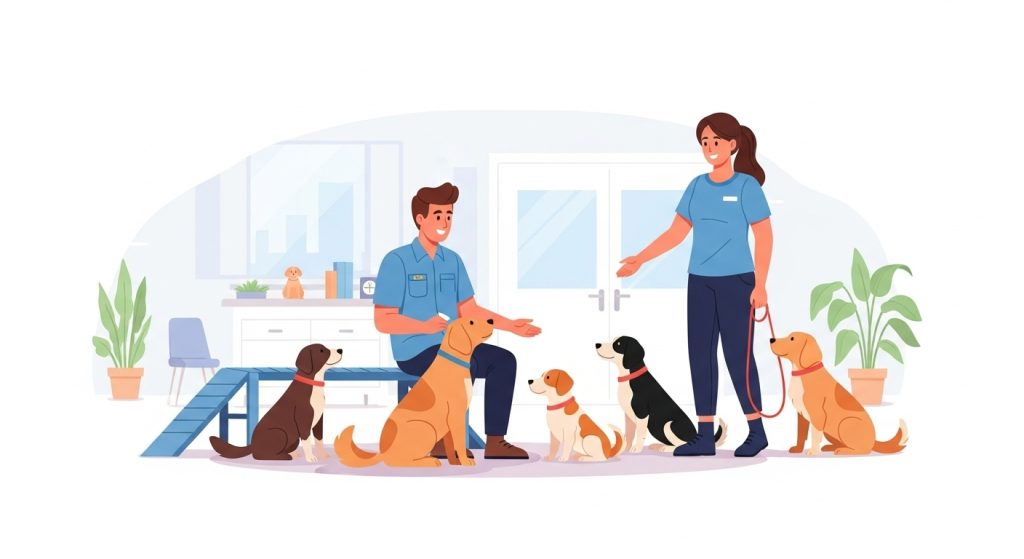Training your dog to follow basic commands is not only essential for safety and discipline, but it also strengthens the bond between you and your pet. Commands like sit, stay, come, and leave it are the foundation of good behavior, making daily life easier for both you and your dog.
Dogs of all ages can learn commands, but early training often yields the fastest results. Consistency, patience, and positive reinforcement are key to effective training.
Benefits of Basic Command Training
-
Safety: Prevents accidents and dangerous behavior.
-
Improved communication: Helps your dog understand your expectations.
-
Mental stimulation: Training challenges your dog, preventing boredom.
-
Strengthened bond: Creates trust and mutual respect.
Understanding the why and how of each command makes training more effective and enjoyable.
Essential Commands and Step-by-Step Training
Teaching your dog basic commands involves structured sessions and clear cues. Start with the most essential commands, which form the foundation for more advanced behaviors.
1. Sit Command
Teaching your dog to sit is often the first command because it encourages focus and control.
Step-by-Step Method
a. Hold a treat close to your dog’s nose.
b. Move your hand upward, allowing the dog’s head to follow the treat.
c. As the head moves up, the dog’s bottom naturally lowers to the ground.
d. Say “sit” as soon as the dog sits and immediately give the treat and praise.
Tips for Success
-
Keep sessions short (5-10 minutes).
-
Practice several times daily in low-distraction areas.
-
Gradually increase distractions as your dog masters the command.
2. Stay Command
The stay command teaches patience and self-control.
-
Begin with your dog in a sit position.
-
Hold your hand out, palm facing the dog, and say “stay.”
-
Take a step back, then return and reward if the dog remains.
-
Gradually increase distance and duration.
Tip: Use a calm, firm voice and avoid repeating the command excessively.
3. Come Command
The come command is crucial for recall and safety:
a. Start in a quiet area, crouching down to appear inviting.
b. Say “come” in a cheerful tone while gently encouraging your dog.
c. Reward with treats and praise immediately upon arrival.
d. Gradually practice in more distracting environments.
Tips:
-
Never punish your dog for delayed response.
-
Use a long leash for safety during outdoor practice.
-
Make recall fun with play and treats to reinforce behavior.
4. Leave It Command
Teaching “leave it” prevents dogs from picking up dangerous or unwanted items:
-
Hold a treat in each hand; show one closed fist to the dog.
-
Say “leave it” and wait until the dog stops trying to get the treat.
-
Reward with the treat from the other hand when the dog obeys.
-
Practice with different objects and gradually introduce distractions.
Training Techniques and Best Practices
Beyond teaching commands, how you train is just as important as what you train. Using proper techniques ensures learning is effective and enjoyable for your dog.
1. Positive Reinforcement
Reward desired behavior rather than punishing mistakes:
-
Use treats, praise, or toys.
-
Timing is key: reward immediately after correct behavior.
-
Keep sessions fun and encouraging.
2. Short and Frequent Sessions
-
Dogs learn better in multiple short sessions than long, tiring ones.
-
Aim for 5-15 minute sessions multiple times per day.
-
End sessions on a positive note.
3. Consistency Across Family Members
-
Everyone should use the same commands and cues.
-
Avoid confusion with different hand signals or phrases.
-
Reinforce learning outside formal training sessions during daily routines.
Overcoming Challenges and Advanced Tips
Even with proper techniques, some dogs may resist or forget commands. Understanding common challenges and applying corrective strategies is key.
1. Handling Distractions
-
Start training in quiet areas before introducing distractions.
-
Gradually increase challenges with other dogs, people, or noise.
-
Reward focus and patience consistently.
2. Managing Stubborn Dogs
-
Break commands into smaller steps.
-
Use high-value treats or favorite toys for motivation.
-
Avoid frustration; patience is crucial.
3. Tracking Progress
-
Keep a journal of mastered commands and areas needing improvement.
-
Set goals and celebrate milestones.
-
Adjust techniques as your dog’s abilities improve.
4. Professional Assistance
-
Consider a certified dog trainer for persistent behavioral challenges.
-
Join group training classes to improve socialization.
-
Use professional guidance to accelerate learning and avoid bad habits.
Teaching your dog basic commands step by step lays the foundation for a well-behaved, safe, and happy pet. By combining essential commands, positive reinforcement, consistency, and patience, you can ensure your dog thrives in everyday life.
Remember: training is a journey, not a race. Each dog learns at its own pace, and small, consistent steps lead to long-term success.





